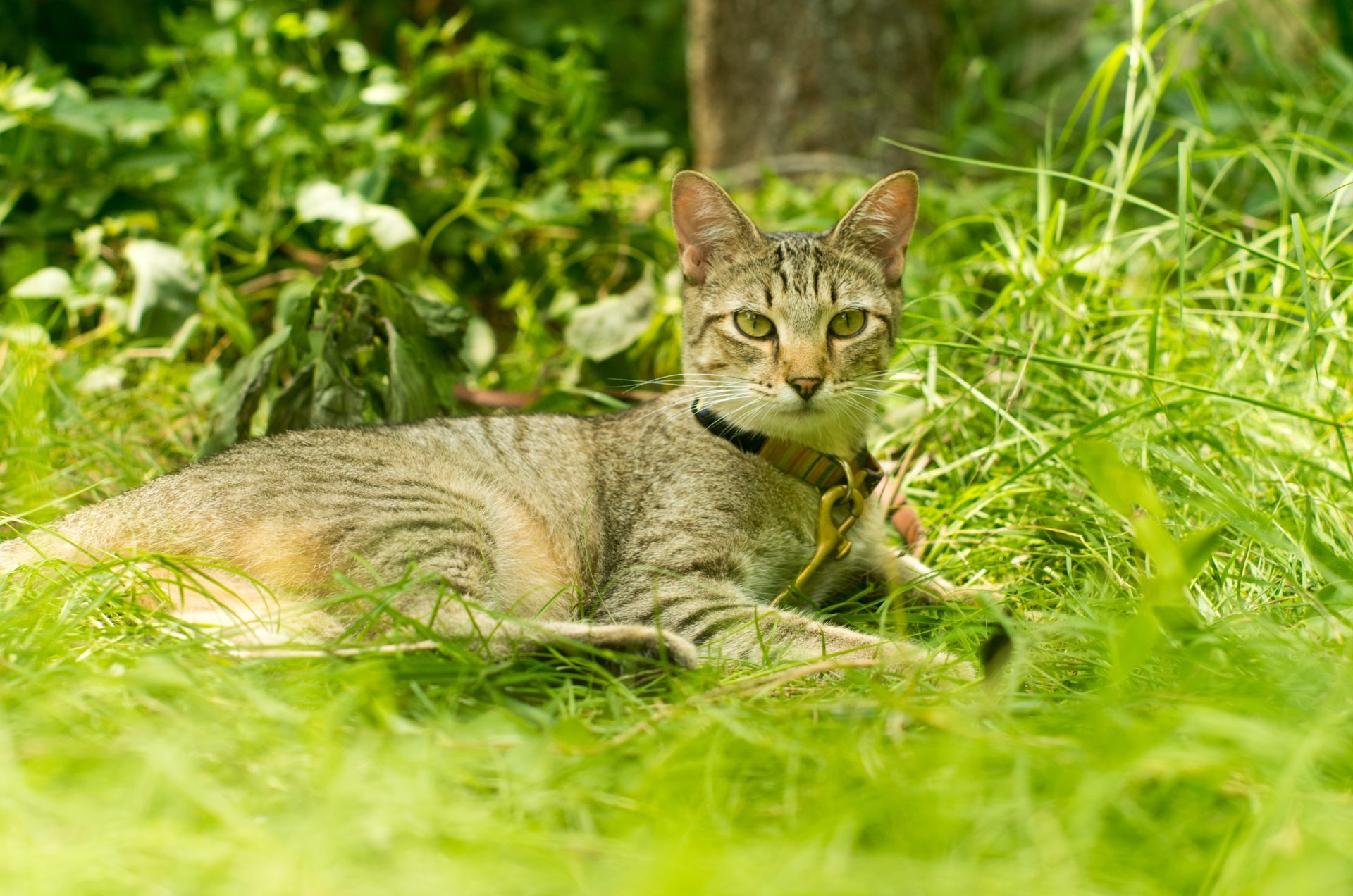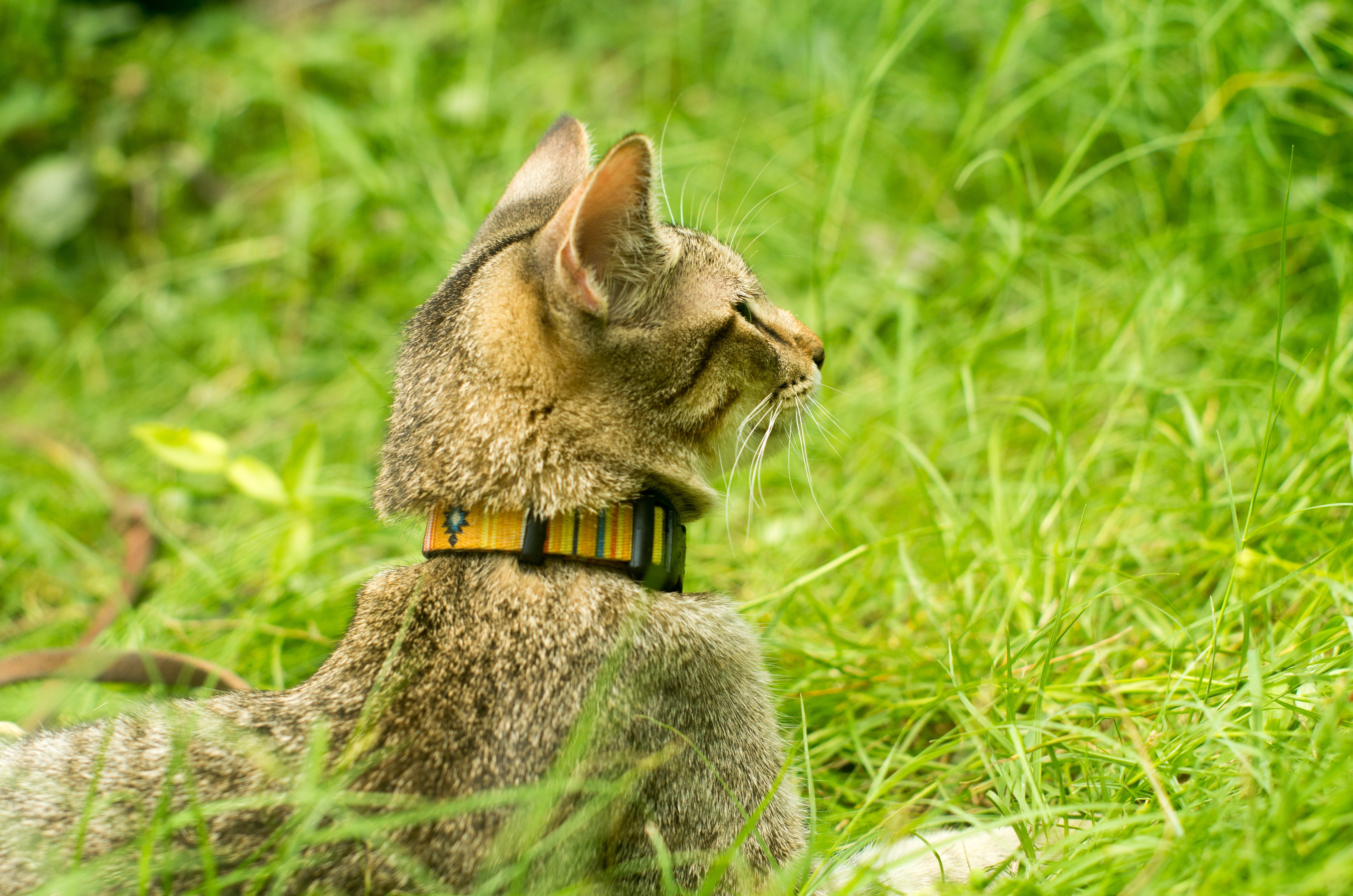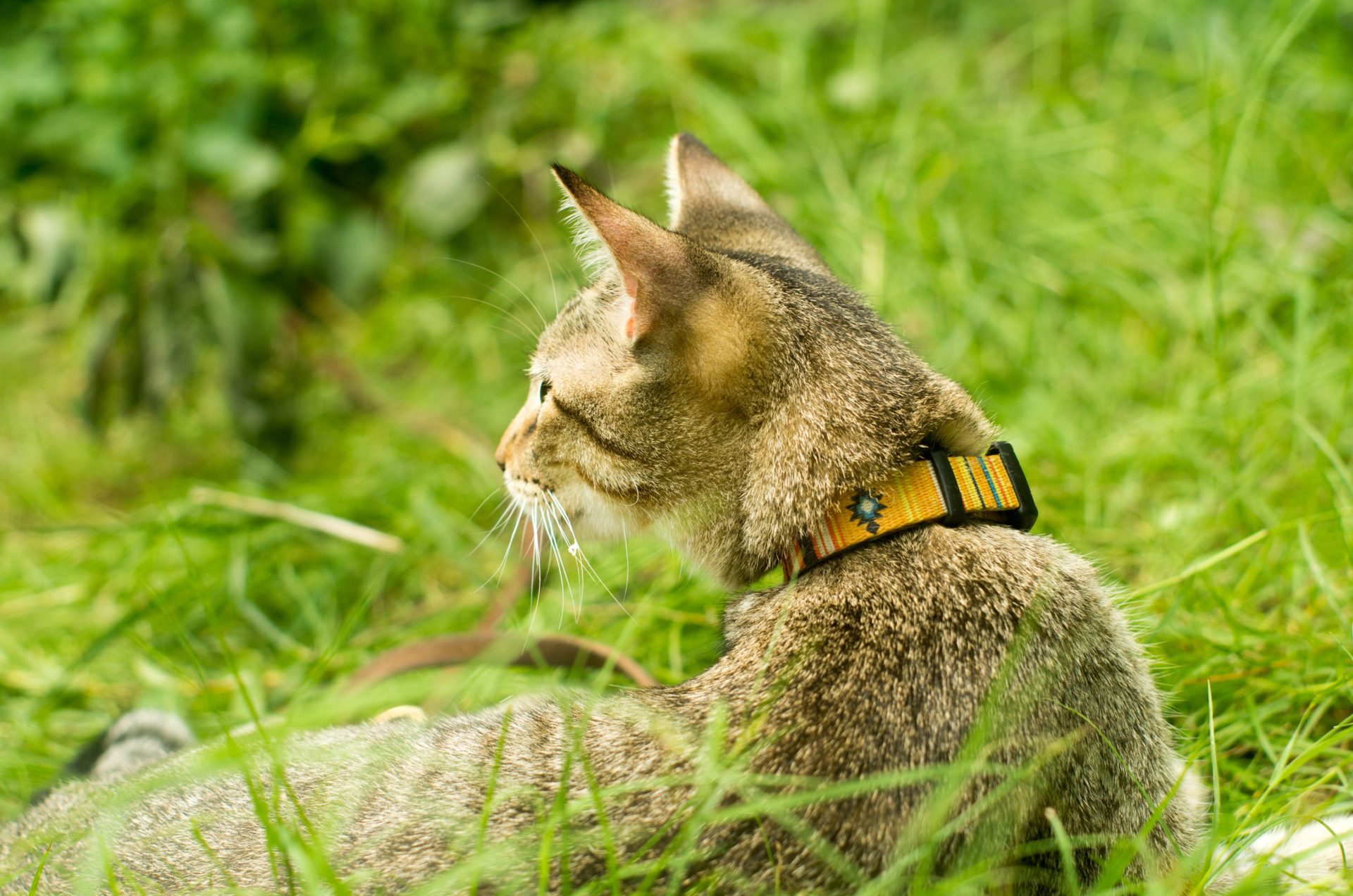How do you train your cat?
-- advertisement --

Almost all dog owners have tried to teach their pets a few tricks. For cat owners, however, this idea usually doesn’t even come up. Understandable, you might say: cats have the reputation of being proud and independent animals, not to mention that they are not receptive to commands. Yet it is entirely possible (and even quite easy) to train your cat. We explain how to do it.
Cat Training: Why train your cat? How to train a cat: Which method to use? Cat Training: A school of patience Cat Training: Why train your cat?
Even though they are trained, cats cannot perform the same exercises as dogs (forget the idea of playing Frisbee with your cat!). However, they can learn simple tricks, such as rolling over, giving a paw, jumping through a hoop, or standing on their hind legs. But the goal of training should not be to turn your cat into a circus acrobat.
Training is primarily useful for a more harmonious relationship between you and your pet. This can help improve your cat’s behavior (for example, if they are very shy or fearful) or enable them to tolerate situations that may be painful for them at times (such as entering their carrier to go to the vet, undergoing examination or grooming, taking medication, etc.). The icing on the cake: these exercises, done together, are also an excellent way to strengthen the bond between you and your cat!
How to train a cat: Which method to use?

Training a cat is somewhat more challenging than with their canine counterparts, and it involves slightly different principles. This primarily concerns the motivation for learning: while a dog will simply follow its owner’s commands to please them, a cat needs a reward, let’s say… a more substantial one. So, when the cat is willing to engage in the game, it will mainly be in exchange for food!
However, the methods to be applied are the same. Positive reinforcement is used in particular. Because with cats, even more so than with dogs, punishment proves to be particularly counterproductive. “Clicker training” has also proven effective with cats. In this method, you clearly signal to your pet the behavior that deserves a reward through a distinctive sound (which can be a “click,” but also the tinkling of a bell, a mouth noise, and so on).
Cat Training: A school of patience

Are you ready to start training your cat? First, get yourself the ultimate weapon: the super reward! It should be a treat that your cat loves and that you will reserve for your training sessions from now on. Depending on your cat’s preferences, we still recommend opting for 100% protein (dried meat, chicken pieces, tuna flakes, etc.).

The actual training then requires patience because, for better efficiency, you should not have more than one session per day, lasting 5 to 10 minutes. When you notice that your cat is cooperative and a bit hungry, you can start training. First, capture their attention, and then give them a simple command (for example, to sit by holding your hand above their head). Reward them with a treat when they succeed, and gradually make the exercise more challenging. If everything goes well, you should be able to see results in just a few days!
-- advertisement --


